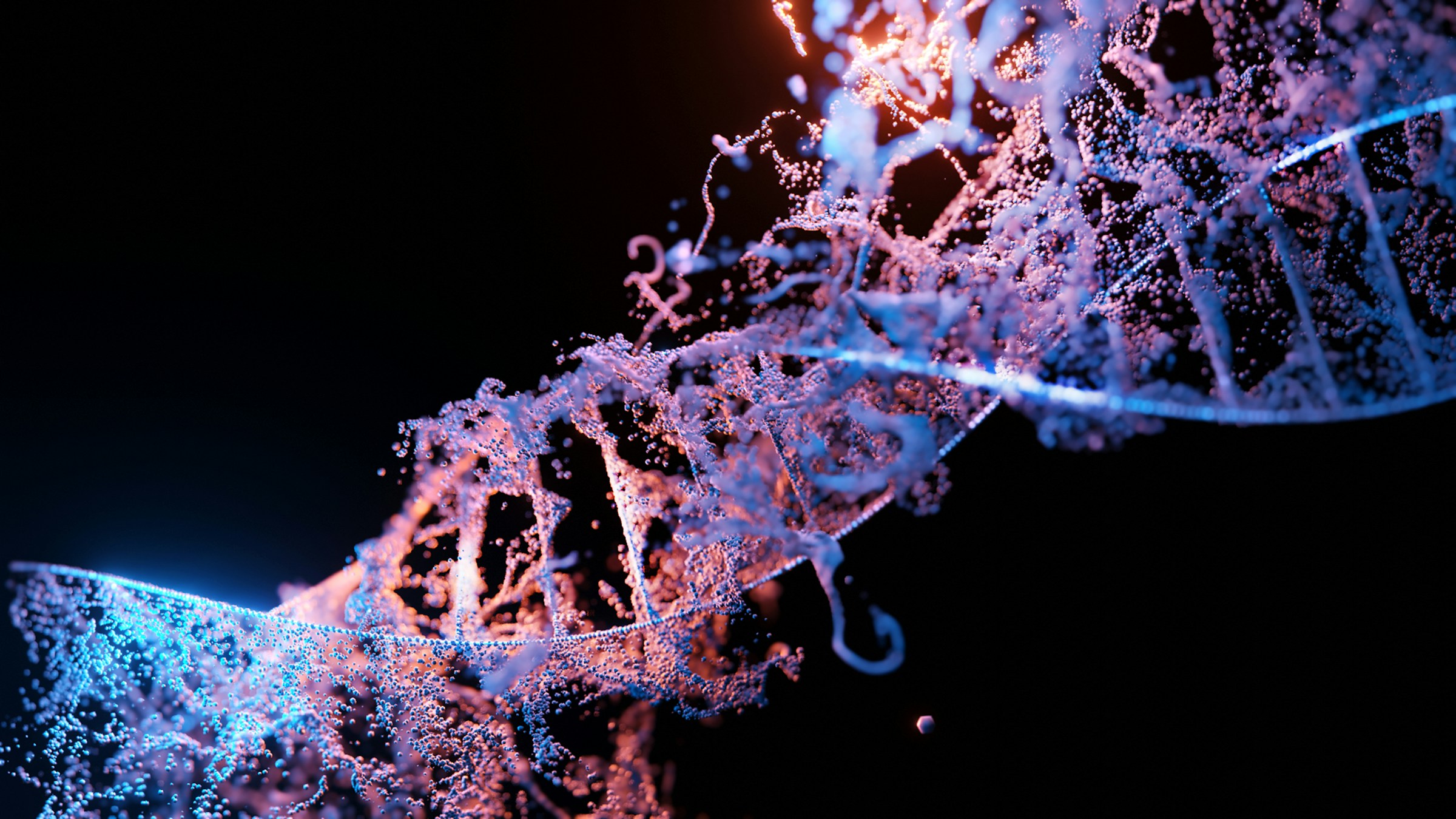This article is included in these additional categories:
Massachusetts Institute of Technology (MIT) chemical engineers have developed a method for converting carbon dioxide (CO2) into carbon monoxide (CO), a versatile building block for synthesizing a variety of valuable chemical compounds, including ethanol and alternative fuels. This advancement not only holds the promise of reducing greenhouse gas emissions but also of transforming CO2 from an environmental challenge into a valuable resource for the chemical industry.
Electrocatalysis Efficiency on the Horizon
At the heart of this approach is the use of a novel DNA-tethered catalyst that enhances the efficiency of the electrochemical conversion process. Traditional methods of converting CO2 to CO, a critical step in synthesizing useful chemicals, have been hampered by high energy requirements and low conversion efficiencies. The MIT team, led by Ariel Furst, the Paul M. Cook Career Development Assistant Professor of Chemical Engineering, introduces a method where the catalyst is anchored to the electrode surface using strands of DNA. This ingenious solution keeps the reactive components in close proximity, maximizing the reaction efficiency and paving the way for more sustainable and cost-effective chemical production processes.
The Potential for Industrial Decarbonization
The implications of this technology extend beyond the chemical industry. If scaled up, the process could significantly contribute to industrial decarbonization efforts by capturing and converting CO2 emissions from power plants and other sources. This not only helps in mitigating the impact of greenhouse gases on the environment but also turns a waste product into a valuable commodity for chemical manufacturing.
Helix Carbon, a startup founded by Furst, aims to further develop and commercialize this technology. By leveraging the relatively low cost of the carbon electrodes and the non-precious metal nature of the catalysts, there is a promising path toward industrial-scale application.
Towards a Sustainable Chemical Industry
The research, supported by the U.S. Army Research Office, the CIFAR Azrieli Global Scholars Program, the MIT Energy Initiative, and the MIT Deshpande Center, represents a significant step forward in the quest for sustainable chemical production. By exploring the use of different catalysts, the team hopes to expand the range of products that can be synthesized using this technology, further enhancing the economic and environmental benefits of the process.
This breakthrough not only highlights the innovative spirit of MIT researchers but also the potential for scientific advancements to address pressing global challenges.
